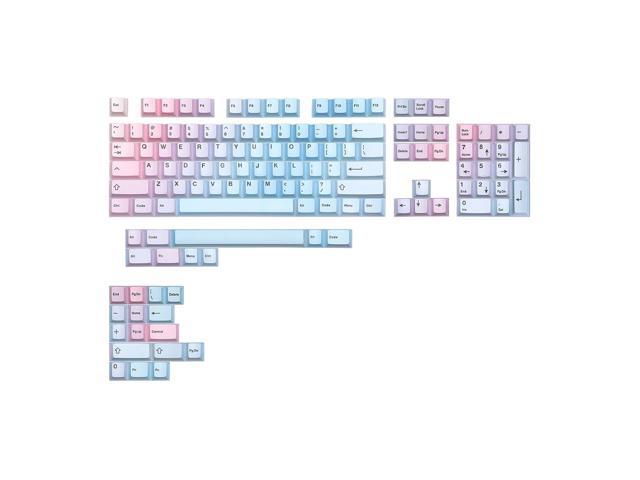Excerpt from The Crosby Brown Collection of Musical Instruments of All Nations: Catalogue of Keyboard Instruments, Prepared Under the Direction and Issued With the Authorization of the Donor; Galleries 25, 26, 27, 28, 29, Central Cases
There are no musical instruments that during the past four hundred years have been more generally distributed where Western music has been known than those with keyboards, whether their sound is produced from strings, or with what is understood by wind. The reason for this favor is the comparative ease with which the sounds are elicited, without the player having to make the note, and the facilities the keyboard gives for including, as far as hands and fingers will permit, the different voices or parts, and the figuration of a harmonized musical composition, itself an outcome of these facilities. The violin and wind quartets require as many performers as there are parts to present a like combination. The nearest approach to a keyboard stringed instrument was the Lute, as perfected toward the end of the Six teenth century, but the difficulty of performance was beyond the ability of most who attempted it, and there had to be, even with the most skilled, many unavoidable lacunae. The Spinet-player, or clavicembalist, had incited the lutenist to a competition in which the lute was bound ultimately to fail, but not without leaving a memory of the technique of the lute in features retained in what is known as accompaniment.
About the Publisher
Forgotten Books publishes hundreds of thousands of rare and classic books. Find more at www.forgottenbooks.com
This book is a reproduction of an important historical work. Forgotten Books uses state-of-the-art technology to digitally reconstruct the work, preserving the original format whilst repairing imperfections present in the aged copy. In rare cases, an imperfection in the original, such as a blemish or missing page, may be replicated in our edition. We do, however, repair the vast majority of imperfections successfully; any imperfections that remain are intentionally left to preserve the state of such historical works.















